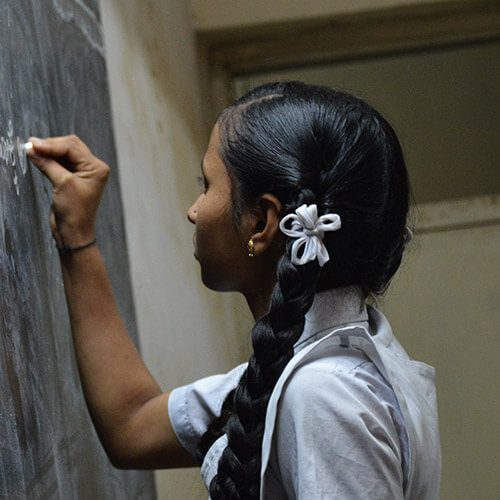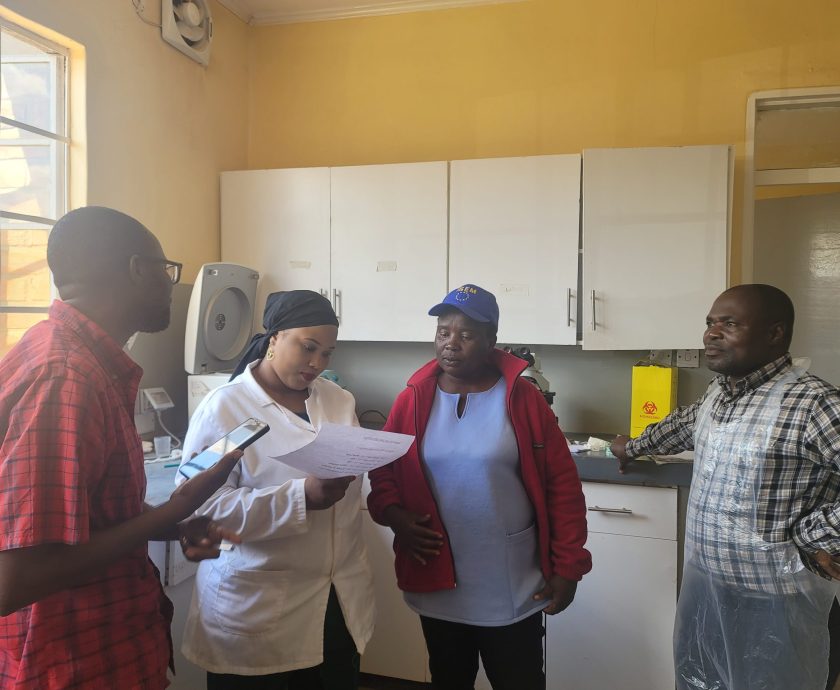R4H’s Optimized Sample Transport (OST) system is transforming healthcare logistics, through improving clinical sample transport times to testing laboratories, in Malawi across 11 districts of Phalombe, Mzimba North, Rumphi, Lilongwe, Salima, Zomba, Chiradzulu, Mulanje, Chikwawa, Blantyre, and Mangochi. These districts were strategically selected due to their high HIV burden, the potential for scaling up plasma HIV viral load testing, the high volume of antiretroviral therapy (ART) clinics, and the significant distances between healthcare facilities and central hubs.
The OST system revolutionizes the transport of clinical samples, ensuring they reach testing facilities on time and with maintained optimal quality standards. The OST system comprises an Unstructured Supplementary Service Data (USSD)-based reporting mechanism, whereby health care workers (HCWs) report on each working day the volumes of clinical samples available for pick up by R4H courier at site. The USSD reports are received centrally and used to generate courier routes for the subsequent day through an OST semi-automated algorithm. Courier routes are based on healthcare facilities (HCFs) with clinical samples to be picked. Similarly, couriers actively inform the R4H OST central team on the availability of laboratory test results to be delivered at requesting HCFs and routes are also generated for site laboratory test result delivery.
Between 29th and 31st May 2024, as a way of onboarding HCFs on OST, Steven Maluza the OST Program Office Assistant at R4H, embarked on an exercise to orient HCWs at three new HCFs, thus Chilinde Health Centre, Biwi Health Centre, and Bunda College of Agriculture Clinic.

Steven Maluza, Optimized Sample Transport Program Office Assistant orienting Healthcare workers at Biwi Health Centre
During the initial stages of OST scale up to HCFs under Lilongwe district health office (DHO), HCWs, including HCF in charge, HIV Diagnostics Assistants (HDAs) and TB focal person from each health centres were trained on USSD sample volume reporting system. On any working day, each of the HCFs is supposed to report on the availability or non-availability of clinical samples by 2 pm. The facilities were selected based on their USSD noncompliance status in the month of April 2024. The visit was aimed at providing capacity building to HCWs at site on OST technical areas including USSD sample volume reporting training and retraining, thus, improving the quality of specimen referral mechanisms under Lilongwe DHO. The following HCFs, implementing OST, were visited: Area 36 Drop-in Centre (DIC), Lilongwe Private Clinic, City Centre Clinic, Kawale Health Centre, Ndaula, Nthondo, Area 36 Pvt, Area 18, Likuni DIC, Fidelity, Area 47 DIC, Chilobwe, Mbabvi, Airwing, Ukwe, and Kabudula.
The long-term technical benefits of this exercise include improved USSD clinical sample volume reporting compliance by HCFs, HCWs skill retention on USSD clinical sample volume reporting, improved clinical sample/ laboratory test result transport time i.e., turnaround time and reduced courier empty trips to HCFs.
In conclusion, an efficient OST program implementation improves clinical care standards for ART clients as reduced clinical sample/result transport translate to timely laboratory diagnosis and linkages to clinical care for ART clients.












Good day! I could have sworn I’ve been to this website before buut
after checking through somme of the post I realized it’s new to me.
Anyhow, I’mdefinitely glad I found it and I’ll
be book-marking and checking back often! https://Tri1ls.webflow.io/
Thank you for the feedback
Goodd day! I could have sworn I’ve been to this website before but after checking through
some of the posst I realized it’s new to me. Anyhow, I’m definitely glad I found
it and I’ll be book-marking and checking basck often! https://Tri1ls.webflow.io/